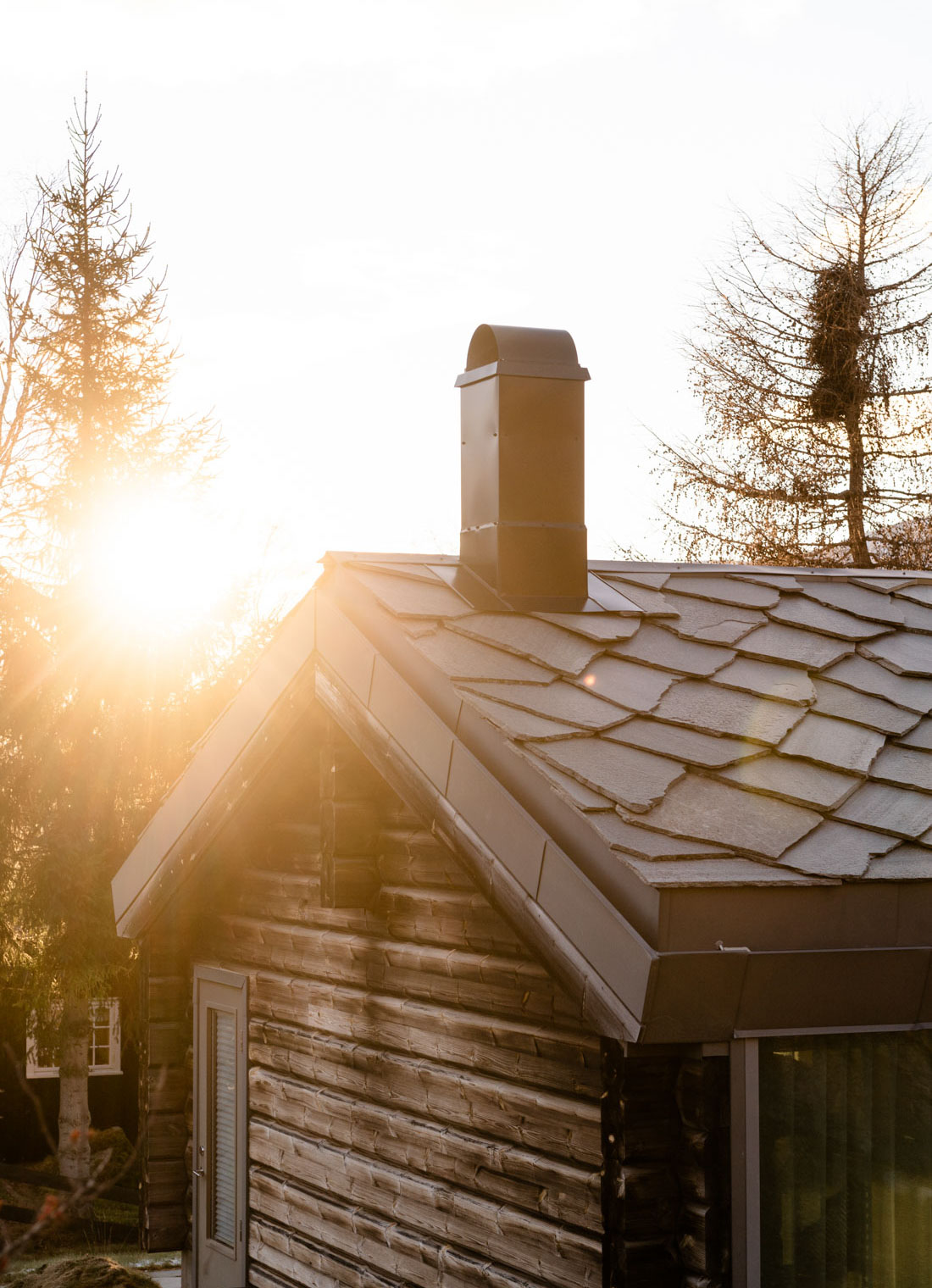Slate roofs as a finishing touch on modern log house
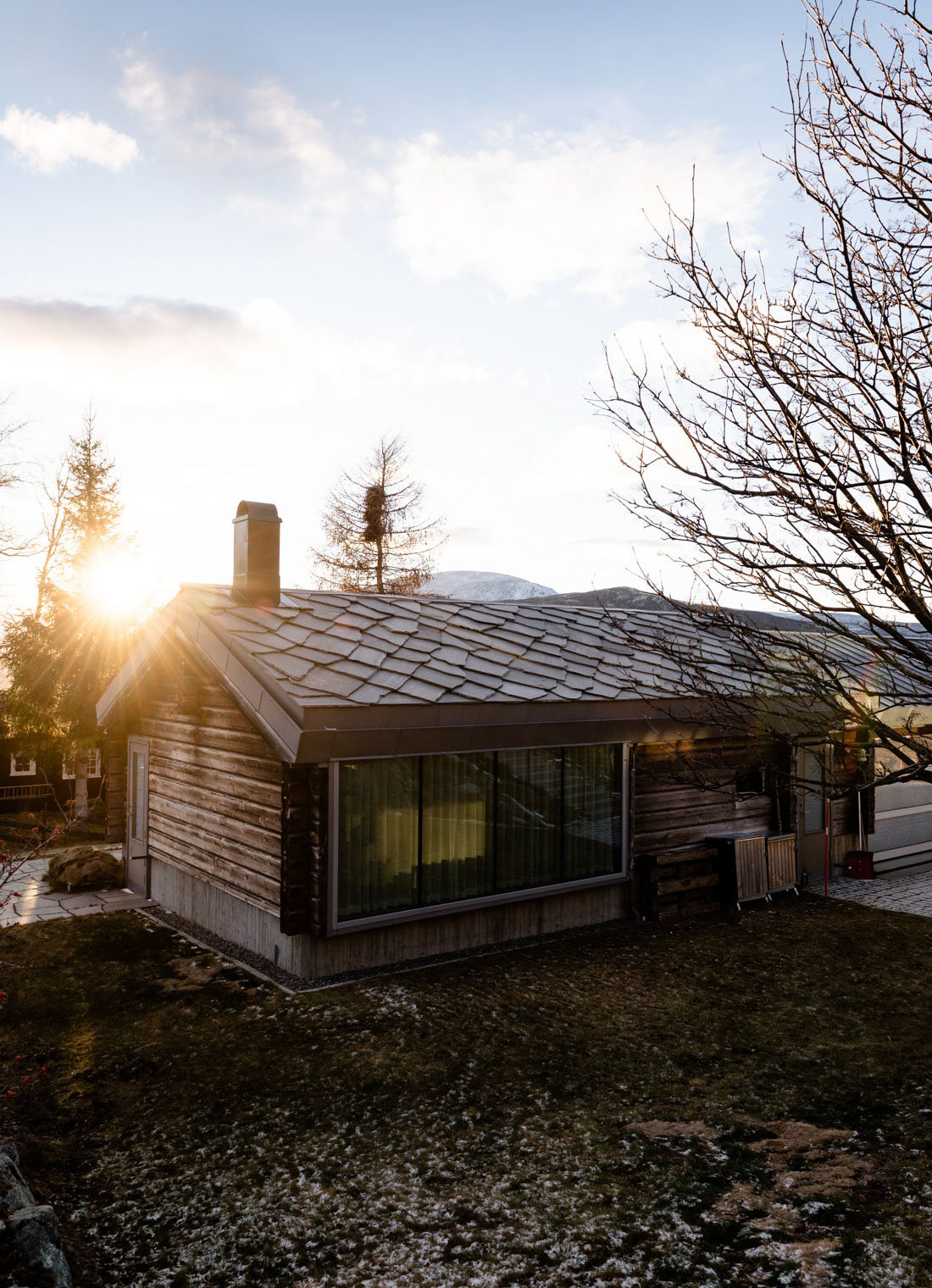
They have always been interested in old building traditions. Ever since they bought their land in Oppdal, the couple knew they wanted to create something special. But there were a number of coincidences that led to the log house becoming what it is today.
– We had already bought the land, but at that time we were running Kongsvold Fjeldstue and had a residential obligation there. As a result, we weren’t in a hurry to build. Initially, we wanted to buy an old timber house that was to be demolished, but then life took us in a different direction, says Knut J. Nyhus.
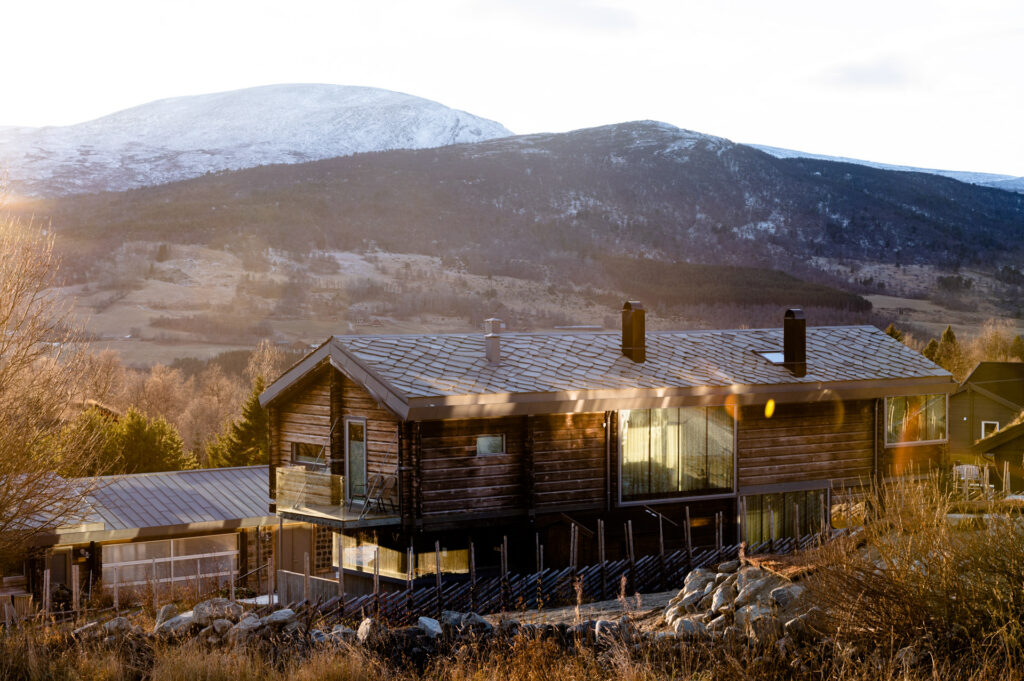
During the time at Kongsvold, they got to know an architect who has played a key role in developing Norwegian wood architecture. He was due to take on the design of the log house for Nyhus at a later date. And as if that weren’t enough, in the same period another special guest arrived in the mountain lodge in Oppdal.
– She told us that her husband worked as a researcher at Byggforsk. As luck would have it, he had been working on developing a new type of timber knot, he says.
It wasn’t long before the plans were in place: By using a special type of laminated timber, Nyhus was able to build a log house the old- fashioned way. But with modern stability.
– An important criterion all the way has been that we should have a house that would last for a long time. A house that lasted without the need for us to put a lot of effort into maintaining it.
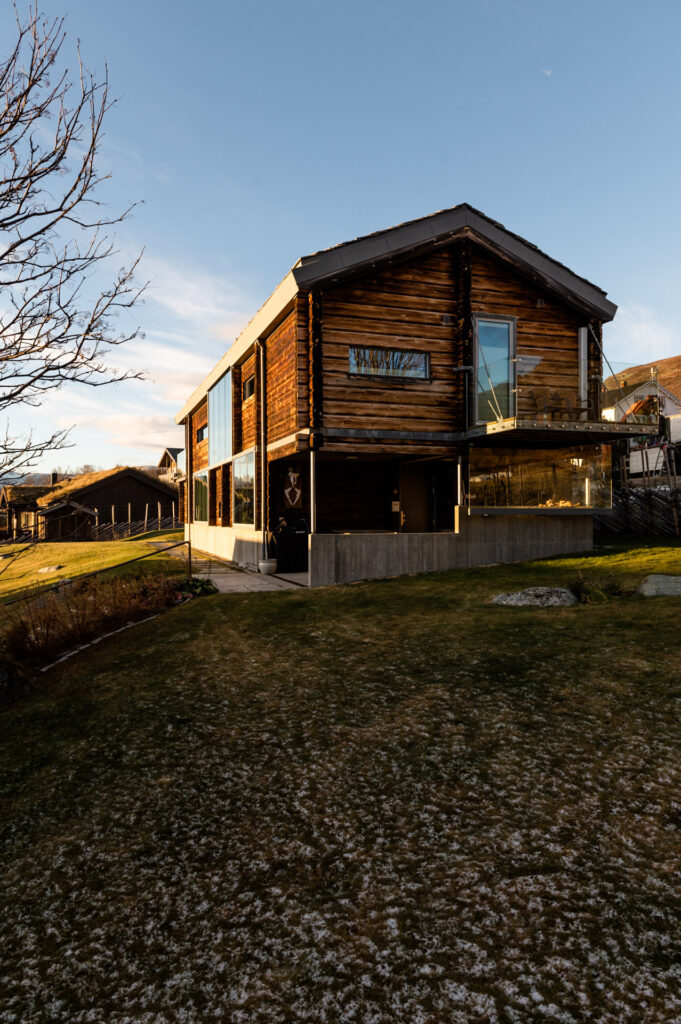

And for two people who are passionate about both durability and preservation, there was never any doubt about what kind of material to use on the roof of the new but old timber house.
– It had to be slate, of course. It’s a material that has been used here at Oppdal for a long time, and it is both a local and a resistant product. We could have gone for grass, but slate is everlasting, he says.
And of course, the couple care about the look of it. Slate was thus a natural consequence of the whole.
– This is of course a house that is modern, while also building on old traditions. In tis context, the slate also binds the past and present together, and in many ways becomes the crowning glory.
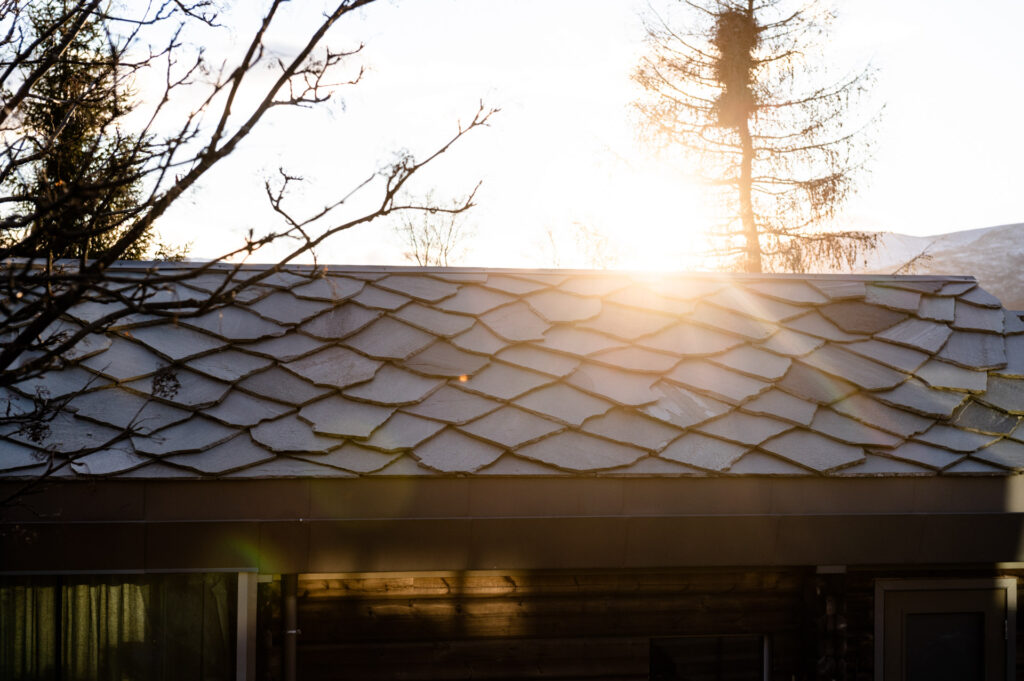
For Nyhus, the slate roof is stable, safe and good. But that doesn’t mean it’s dull – far from it. They see the light-coloured Oppdal slate glittering in different shades.
– It’s amazing when the roof is covered in a bit of snow. The play between slate and snow is striking. Slate also changes in the light, where light and shade play with the slate, giving it a vibrant look, says Nyhus.
Even the miniature cabin next to the house has been given a slate roof. To keep the look consistent, of course.
– And then we like things to be as maintenance-free as possible. So far, the slate has stayed firmly in place, and will continue to do so forever.
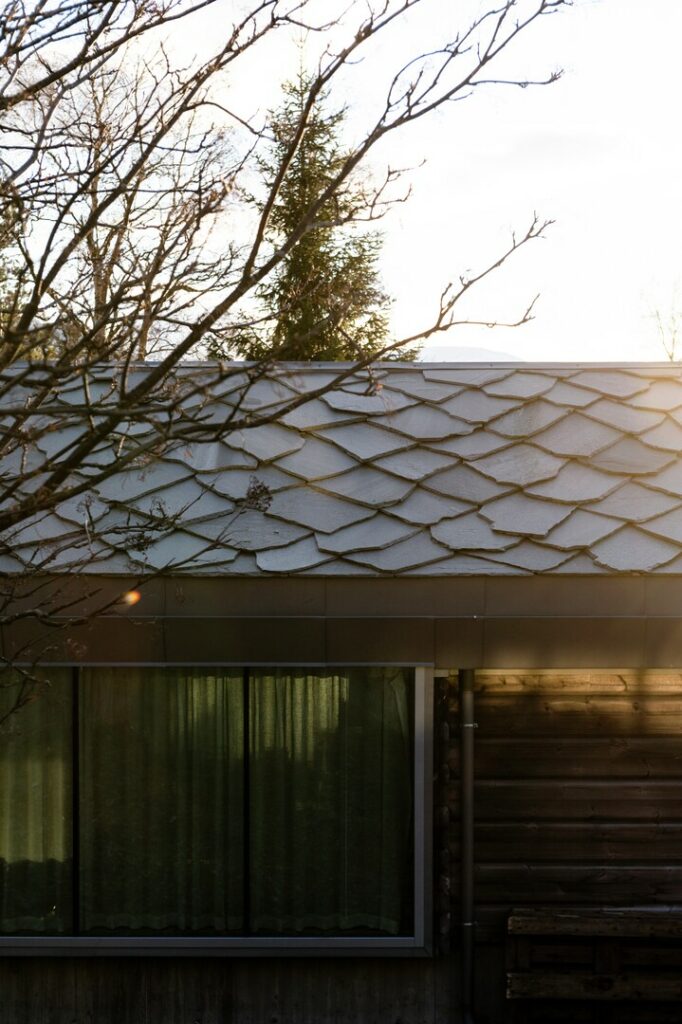
But when you have more than a passing interest in craft traditions, it’s not just the material that counts. For Nyhus, it was also important that the slate was laid properly.
– Slate is a material that requires a little planning and accuracy. My first tip is to use local quality slate, and then you should let skilled craftsmen do the actual installation.
Another tip from the Nyhus couple is to think about the surroundings – not just what suits only the house.
– This is where slate is so brilliant, because it’s so versatile. Even though you need to lay it properly, you can stioll be creative in how you lay it. If you drive down Gudbrandsdalen, for example, you’ll see all sorts of different types and variations on the roofs there. It’s a beautiful sight.
– For me, the slate roof is stable, safe and good. But that doesn’t mean it’s dull – far from it. It’s amazing when the roof is covered in a bit of snow. The play between slate and snow is striking. Slate also changes in the light, where light and shade play with the slate, giving it a vibrant look.
